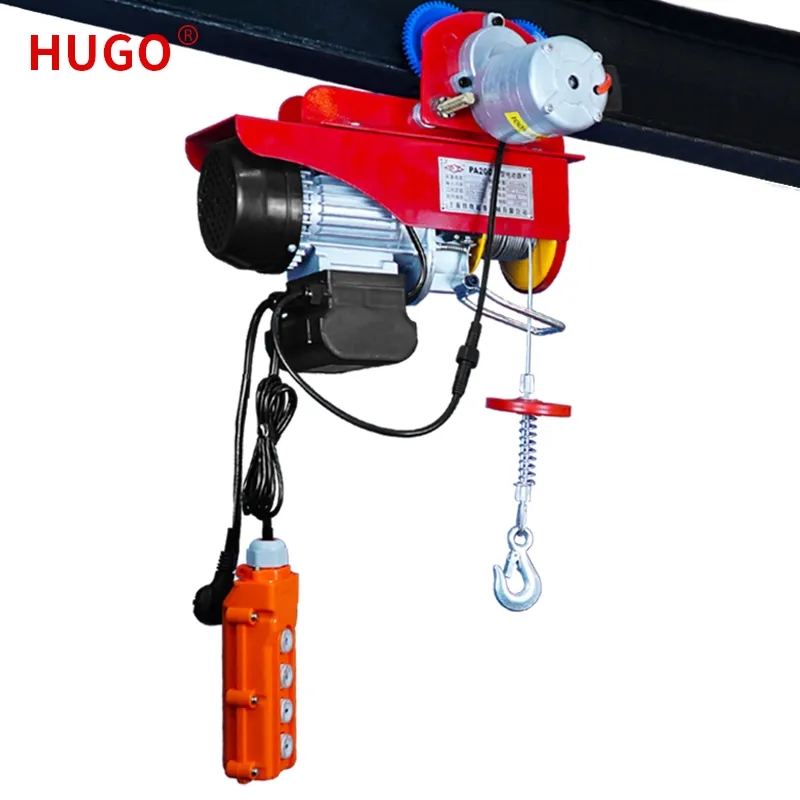
- English
- Español
- Português
- русский
- Français
- 日本語
- Deutsch
- tiếng Việt
- Italiano
- Nederlands
- ภาษาไทย
- Polski
- 한국어
- Svenska
- magyar
- Malay
- বাংলা ভাষার
- Dansk
- Suomi
- हिन्दी
- Pilipino
- Türkçe
- Gaeilge
- العربية
- Indonesia
- Norsk
- تمل
- český
- ελληνικά
- український
- Javanese
- فارسی
- தமிழ்
- తెలుగు
- नेपाली
- Burmese
- български
- ລາວ
- Latine
- Қазақша
- Euskal
- Azərbaycan
- Slovenský jazyk
- Македонски
- Lietuvos
- Eesti Keel
- Română
- Slovenski
- मराठी
- Srpski језик
Common faults and causes of electric hoists
2024-11-01
Electric hoists are bound to have faults during long-term use. What are the common faults and causes of electric hoists?

1. Unreliable braking, and the sliding distance exceeds the specified requirements. It may be that ① the brake ring is worn out, resulting in a decrease in spring pressure; ② there is oil on the brake surface; ③ the brake ring is loose; ④ the pressure spring is weak; ⑤ the coupling is not rotating properly or is stuck; ⑥ the conical rotor moves too much.
2. The temperature rise is too high. It may be that ① the overload is used; ② the operation is too frequent; ③ the brake clearance is too small, and the brake ring is not completely disengaged during operation.
3. The reducer makes too loud a noise, or the electric hoist's motor makes a buzzing sound, or the hoist stops midway and cannot be started again. It may be that ① the lubrication is not in place; ② the power supply and the motor are out of phase; ③ the voltage is too low and fluctuates greatly; ④ overload lifting.
4. The electric hoist cannot be lifted after starting, or it still does not stop when it reaches the extreme position. It may be that ① the AC contactor contacts are welded; ② the limiter fails; ③ the wire head in the limit is connected incorrectly.


